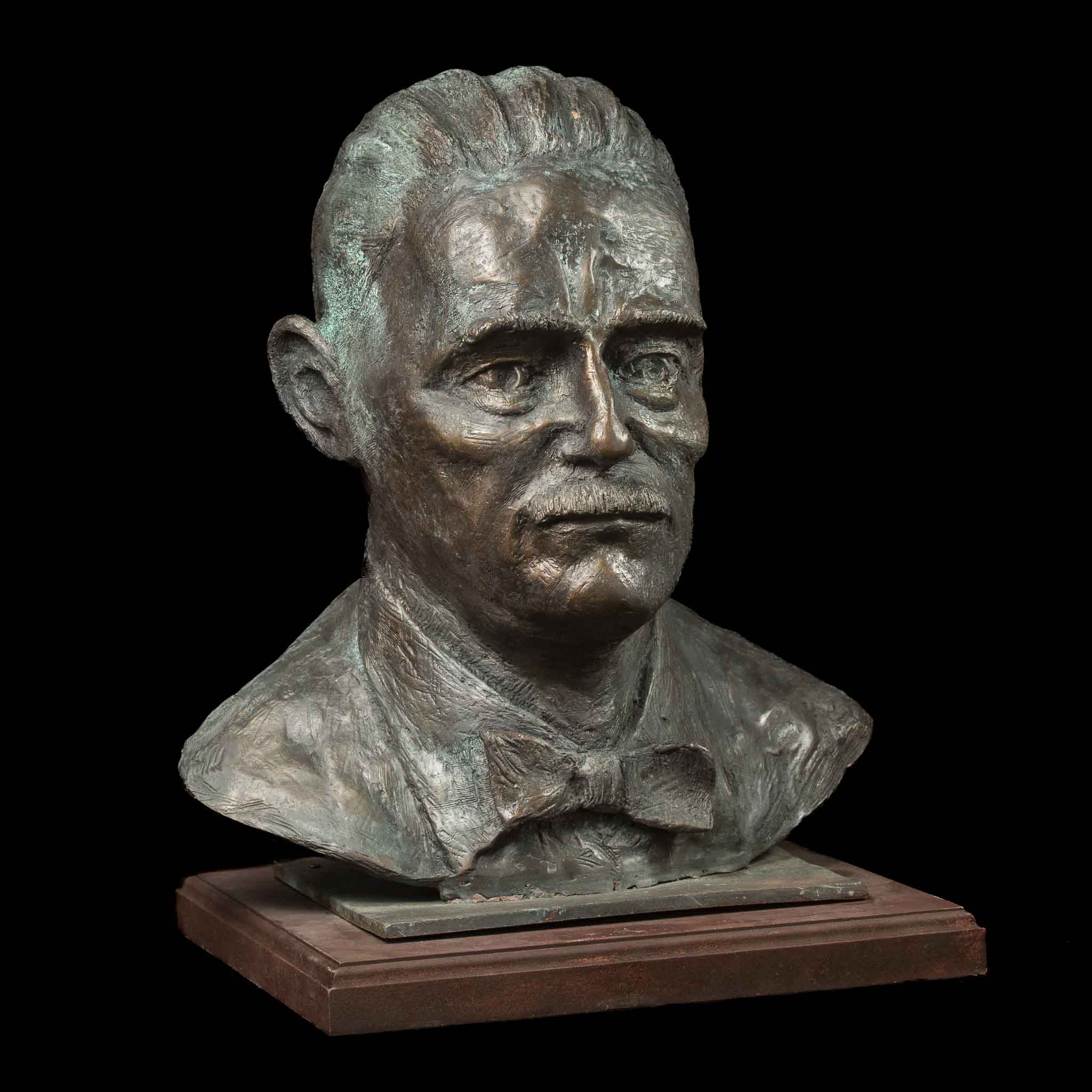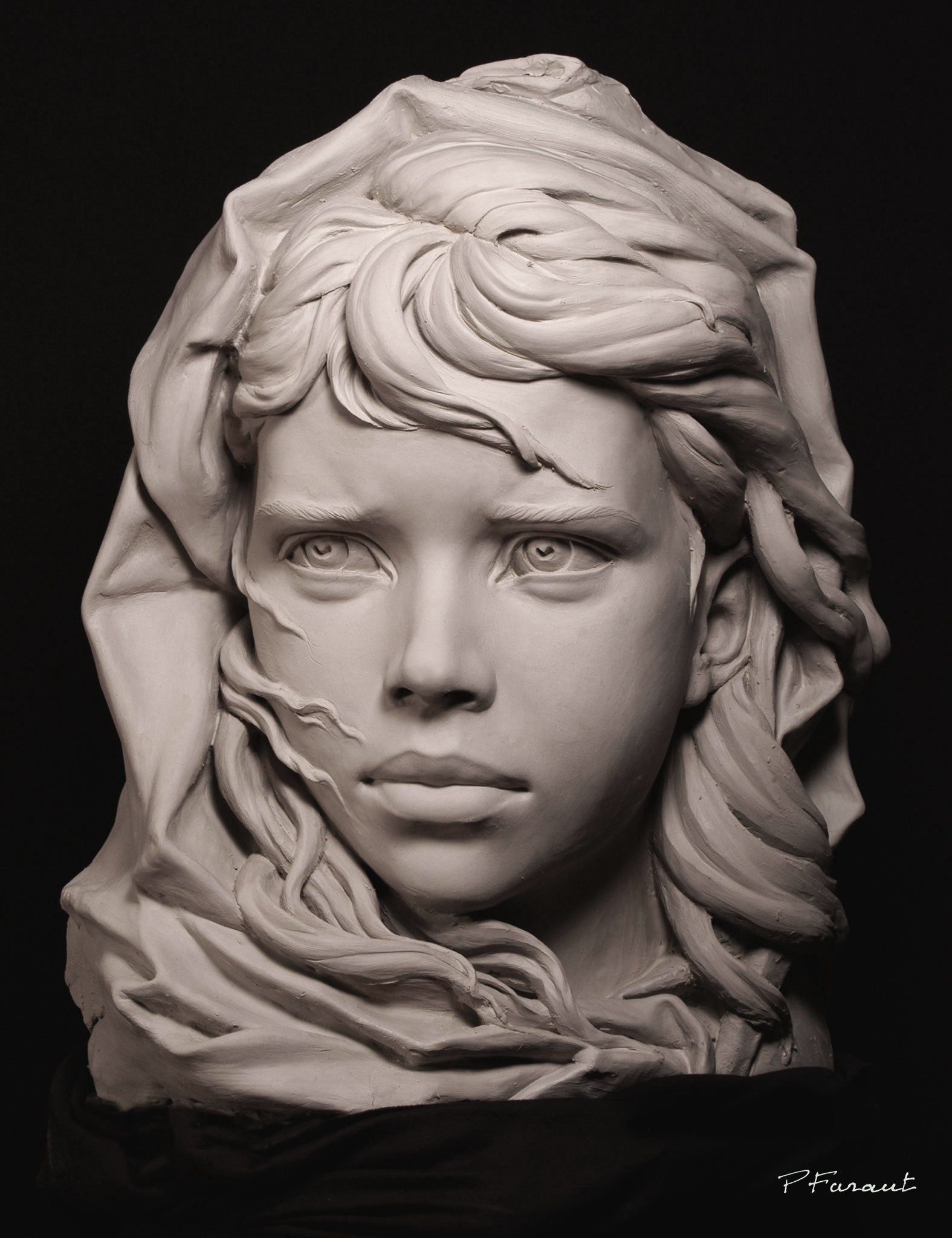Beyond Boundaries: Contemporary Sculptures Redefining Perspectives
Wiki Article
The Evolution of Sculptures: From Old to Modern
The Development of Sculptures: From Ancient to Modern.Sculpture, among the earliest types of art, has actually been an important part of human people for millennia (Figurative Sculptures). From the old civilizations of Egypt and Greece to the modern age, sculptures have actually advanced, mirroring adjustments in imaginative strategies, products, and social impacts. This trip via time traces the growth of sculptures, discovering the changes in vogue, subject, and creative expression
Beginning with the ancient world, sculptures crafted from rock and later on bronze caught the essence of deities, leaders, and day-to-day life. The Renaissance duration experienced a resurgence of classical sculpting techniques, as musicians looked for to replicate the stylish types of ancient Greek and Roman sculptures. In the modern-day period, artists challenged typical borders, accepting abstraction and testing with new products.

This exploration will certainly look into the diverse advancement of sculptures, exposing the rich tapestry of creative expression across various periods and societies.
Ancient Sculptures: From Rock to Bronze
Ancient sculptures transitioned from being sculpted out of rock to being cast in bronze. Stone sculptures, while excellent in their very own right, were limited by the nature of the product.The intro of bronze as a medium for sculptures brought about a change in artistic expression. Bronze provided artists the opportunity to create realistic and detailed forms that were not possible with rock. The procedure of casting bronze enabled the development of several copies of a sculpture, allowing bigger distribution and preservation of these creative work of arts.
The change from rock to bronze also saw a shift in the subject matter of sculptures. While rock sculptures mostly depicted gods, goddesses, and mythological figures, bronze sculptures began to show a wider series of topics, consisting of everyday people and animals. This expansion of topic showcased the flexibility and versatility of the bronze tool.
Renaissance Resurgence: Shaping in the Timeless Design
The Renaissance resurgence of sculpture experienced a rebirth in the timeless design, structure upon the innovations made throughout the change from rock to bronze in ancient sculptures. During this period, artists sought to recreate the classical aesthetic and perfects of elegance that were widespread in old Greek and Roman sculptures.One of the vital features of the Renaissance rebirth was the emphasis on naturalism and the human form. Artists like Donatello and Michelangelo make every effort to catch the anatomical details and expressions of their topics with unprecedented accuracy. They studied the human body and included their monitorings right into their sculptures, resulting in practical and realistic representations.
Another vital element of the Renaissance revival was the expedition of point of view and deepness. Artists used strategies such as contrapposto, where the weight of the body is shifted away, producing a feeling of movement and dynamism. They additionally explored with different products, including marble and bronze, to accomplish a level of class and complexity in their sculptures.
The timeless design of the Renaissance revival had a profound influence on later durations of art, functioning as a structure for the growth of Western sculpture. It brought a restored admiration for the beauty and majesty of the human form, and its heritage can still be seen in contemporary sculptures today.
Modernism and the Avant-Garde: Breaking Typical Boundaries

One of the essential qualities of modernist sculpture was the emphasis on abstraction. Sculptors moved away from realistic depictions and rather concentrated on recording the significance of the topic with streamlined types and geometric shapes. This departure from traditional representation allowed artists to share their emotions and concepts in an extra subjective and individual way.
Moreover, the progressive movement challenged social standards and conventions, urging musicians to experiment and press the limits of their art - Portrait Sculptor. Sculptors began integrating non-traditional materials such as located things, commercial materials, and also natural environments right into their job. This exploration of new products and techniques not just broadened the opportunities for sculpture but also tested the standard concepts of what could be considered art
Contemporary Sculptures: Checking Out New Products and Concepts
With a focus on checking out new materials and concepts, modern sculptures have actually revolutionized the field of art. Artists today are pushing the boundaries of traditional sculpture by using cutting-edge materials and exploring with abstract concepts. These sculptures test conventional concepts of significance, type, and materiality, welcoming audiences to participate in a brand-new and provocative imaginative experience.Contemporary sculptors are welcoming a variety of products, including plastic, glass, metal, and also raw material. Equine Sculptures. They are not limited to the standard tool of stone or clay, enabling better liberty of expression and experimentation. This shift in the direction of unconventional materials has opened brand-new opportunities for artists to create sculptures that are dynamic, interactive, and visually striking
In enhancement to discovering brand-new materials, contemporary sculptures also look into complicated and abstract principles. Musicians are currently exploring themes such as identity, social issues, and the atmosphere, utilizing sculpture as an effective tool for social discourse and self-contemplation. These sculptures test visitors to assume seriously and involve with art on a much deeper degree, triggering discussions and prompting psychological actions.
International Impacts: Sculptural Customs From Worldwide

In ancient Egypt, sculptures were produced mostly for spiritual and funerary functions. The famous sculptures of gods and pharaohs, such as the Great Sphinx and the breast of Queen Nefertiti, display the Egyptians' proficiency of stone carving and their belief in the afterlife.
In ancient Greece, sculpture reached its peak during the classical duration. Influenced by the perfects of percentage, consistency, and appeal, Greek sculptures highlighted the human type and celebrated the achievements of professional athletes, heroes, and gods. The popular sculptures of Aphrodite of Knidos and the Discobolus exemplify the Greeks' quest of perfection in sculptural art.
In old Rome, sculpture offered both political and creative objectives. Equine Sculptures. Roman sculptures usually shown emperors, generals, and mythological figures, mirroring the power find and magnificence of the empire. The marble statuary of Augustus of Prima Porta and the significant Arch of Constantine are remarkable examples of Roman sculptural success
Oriental sculptural customs, specifically in India, China, and Japan, have likewise had an extensive impact on the development of sculptures. Japanese sculptures, affected by Buddhism, stress simplicity and harmony, seen in the serene sculptures of Buddha and the classy art of bonsai.
The worldwide impacts on sculpture proceed to develop in the contemporary period. Artists today draw motivation from numerous sculptural traditions, integrating brand-new products, strategies, and concepts to produce thought-provoking and innovative artworks. The blend of different cultural influences has actually triggered a diverse and dynamic sculptural landscape, showing the interconnectedness of our worldwide culture. As we aim to the future, it is particular that the global influences on sculpture will remain to shape and redefine this ancient art type.
Final Thought
In verdict, the advancement of sculptures has actually seen a change from old stone and bronze works to the classic revival during the Renaissance. This was followed by the breaking of traditional boundaries via innovation and the progressive activity. Today, modern sculptures explore new products and ideas, while additionally attracting inspiration from global sculptural customs. The trip of sculptures shows the ever-changing artistic expressions and cultural influences throughout background.From the ancient people of Egypt and Greece to the modern era, sculptures have advanced, mirroring changes in creative methods, products, and social impacts.Beginning with the ancient world, sculptures crafted from stone and later bronze caught the significance of divine beings, leaders, and day-to-day life.Ancient sculptures transitioned from being carved out of stone to being cast in bronze. While stone sculptures primarily illustrated gods, sirens, and mythical numbers, bronze sculptures started to mirror a more comprehensive range of subjects, including everyday people and animals.In conclusion, the evolution of sculptures has seen a shift from ancient stone and bronze functions to the classical revival throughout the Renaissance.
Report this wiki page